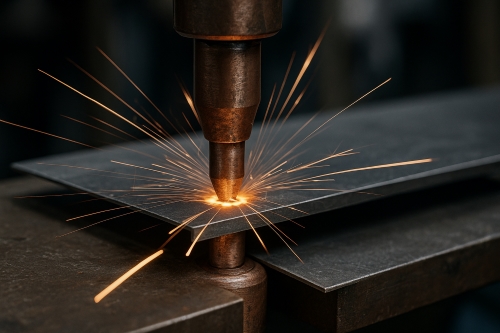A Guide To Inconel Used In Oil And Gas Extraction
Everything about Inconel Alloys
- What are Inconel Alloys?
Inconel Alloys are materials employed under high loads and elevated temperatures. These nickel–chromium based alloys, developed several decades ago, were engineered to withstand conditions that cause standard metals to deteriorate or lose strength. These conditions include extreme heat, aggressive chemicals and mechanical stress.
Inconel retains its strength and structure even at high temperatures or when exposed to seawater, acids or gases under pressure. Its thermal stability and corrosion resistance make it a popular material in demanding sectors such as aerospace, nuclear, and oil and gas production.
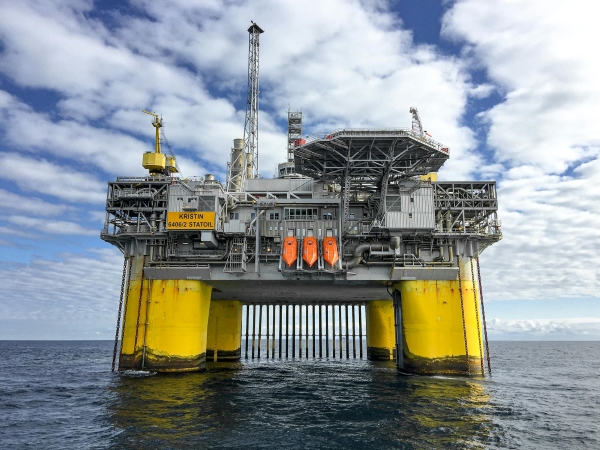
- Typical Types of Inconel Alloys
Since their introduction in the 1940s, Inconel alloys have developed into a family of specialised materials. The following outlines some significant types:
- Inconel 600: This variant was among the first developed. It is characterised by its oxidation resistance. Consequently, it is suitable for furnace components and equipment in chemical processing installations.
- Inconel 625: This grade performs well in saline water and chemical environments. It exhibits good weldability and is consequently preferred for operations within the oil and gas industry.
- Inconel 718: This alloy is suitable for high-stress conditions. It has high resistance to creep and fatigue. Consequently, it is used for drill tools and structural components.
- Inconel 825: It is resistant to sulphuric and phosphoric acids. Consequently, this alloy is applied in pipelines and environmental treatment systems.
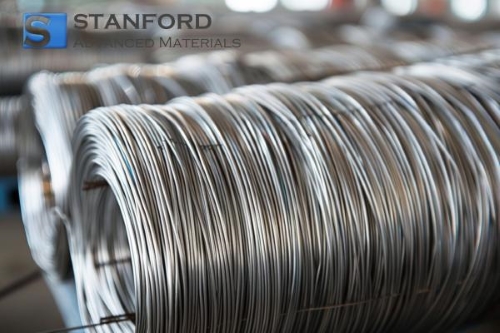
Each of these alloys has specific properties dependent on the intended application, yet they all maintain a consistent toughness.
|
Type |
Key Properties |
Common Applications |
|
Inconel 625 |
Excellent corrosion resistance, good weldability |
Marine, chemical processing, oil and gas |
|
Inconel 600 |
Good oxidation resistance, suited for high‑temperature applications |
Furnace parts, chemical processing equipment |
|
Inconel 718 |
High strength, good weldability, creep resistance |
Jet engines, gas turbines, drill tools |
|
Inconel 825 |
Resistant to sulphuric and phosphoric acids |
Pipelines, environmental treatment systems |
Further Inconel products are available at Stanford Advanced Materials (SAM).
Inconel for Oil and Gas Production
- What distinguishes Inconel Alloys?
In oil and gas fields, equipment operates under high loads and variable conditions. Temperatures increase substantially, pressure rises and the involved fluids – hydrogen sulphide, chlorides, carbon dioxide – can adversely affect most materials.
Inconel is employed in these conditions. It withstands these parameters and functions reliably over prolonged periods. It is resistant to:
- Sulfide stress cracking (SSC)
- Chloride‑induced corrosion and pitting
- High‑temperature oxidation
- Creep and deformation under stress
Additionally, some grades (e.g. 625 and 718) exhibit good weldability, thereby simplifying fabrication compared to other high‑performance alloys.
- Where are Inconel Alloys applied in oil and gas production?
Inconel is used in several facets of oil extraction. Some of the most common applications include:
1) Drill pipes and tools
Inconel 718 exhibits high resistance to heat and pressure; it is used in drill collars, bits and packers.
2) Drill head and subsea components
This alloy withstands saline corrosion and pressure fluctuations, thereby enabling an extended service life.
3) Valves, flanges and fittings
It provides adequate strength and sealing performance in corrosive and mechanically demanding environments.
4) Heat exchangers, pressure vessels and BOPs
It exhibits high resistance to thermal fatigue and corrosion under fluctuating loads.
5) Flexible risers, flowlines and umbilicals
Its fatigue resistance contributes to reliable performance even under continuous movement.
- Nickel Alloys for Oil and Gas Production
Inconel is not the only nickel alloy utilised in these applications. Other alloys are chosen where their specific properties are advantageous:
- Inconel (Nickel–Chromium Alloys)
Suitable for environments with high temperatures and significant corrosion. Inconel 625 and 718 are employed in drill equipment, drill heads and valves.
- Monel (Nickel–Copper Alloys)
Appropriate for use in seawater. It is used in pumps, pipelines and maritime equipment.
- Hastelloy (Nickel–Molybdenum or Nickel–Chromium–Molybdenum Alloys)
It is well suited for acidic environments. It finds application in chemical injection systems and process equipment.
- Incoloy (Nickel–Iron–Chromium Alloys)
It has lower costs compared to Inconel and is resistant to solid-particle erosion and oxidation. It is used for applications such as pipelines and heat exchangers that are less severe but still demanding.
|
Alloy |
Elements |
Properties |
Applications |
|
Inconel |
Ni, Cr |
Strength, high‑temperature and corrosion resistance |
Drill tools, valves, drill heads, BOPs |
|
Monel |
Ni, Cu |
Resistance to seawater, moderate strength |
Pumps, pipelines, marine equipment |
|
Hastelloy |
Ni, Mo, Cr |
Excellent acid resistance, good thermal stability |
Chemical injection systems, processing units |
|
Incoloy |
Ni, Fe, Cr |
Oxidation resistance, corrosion resistance, lower cost |
Heat exchangers, pipes, moderate service pipelines |
Conclusion
Inconel has established its reputation in the demanding realm of oil and gas production. It exhibits a long service life, maintains system integrity and reduces downtime, thereby delivering measurable cost benefits. Its performance yields quantifiable improvements in operational efficiency.

 Bars
Bars
 Beads & Spheres
Beads & Spheres
 Bolts & Nuts
Bolts & Nuts
 Crucibles
Crucibles
 Discs
Discs
 Fibers & Fabrics
Fibers & Fabrics
 Films
Films
 Flake
Flake
 Foams
Foams
 Foil
Foil
 Granules
Granules
 Honeycombs
Honeycombs
 Ink
Ink
 Laminate
Laminate
 Lumps
Lumps
 Meshes
Meshes
 Metallised Film
Metallised Film
 Plate
Plate
 Powders
Powders
 Rod
Rod
 Sheets
Sheets
 Single Crystals
Single Crystals
 Sputtering Target
Sputtering Target
 Tubes
Tubes
 Washer
Washer
 Wires
Wires
 Converters & Calculators
Converters & Calculators
 Write for Us
Write for Us
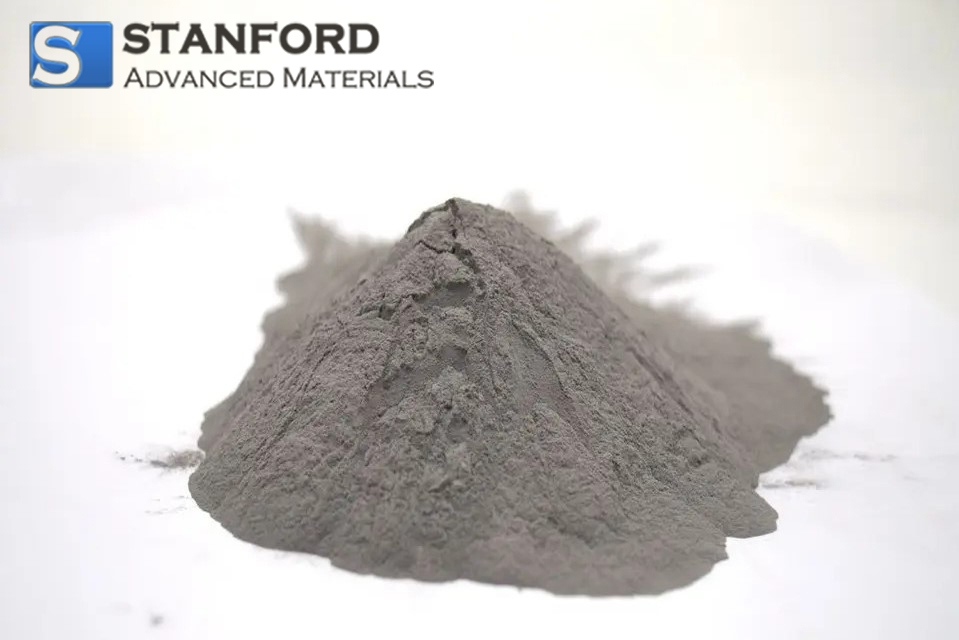
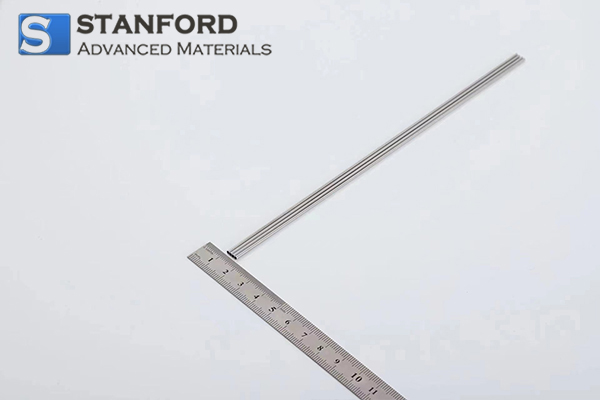
 Chin Trento
Chin Trento



